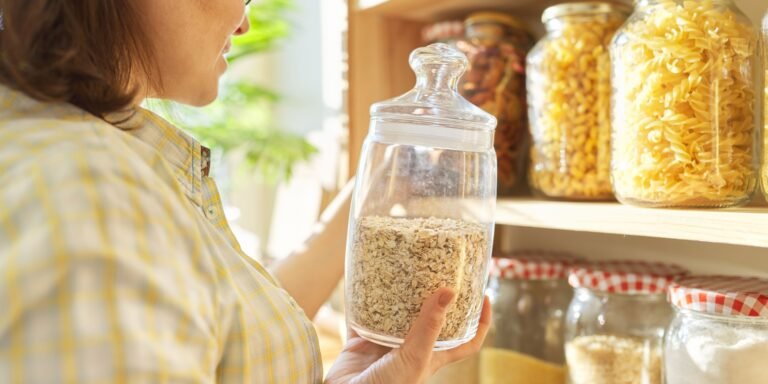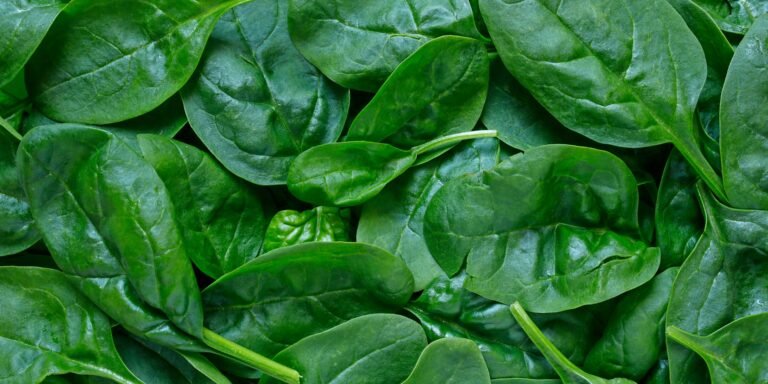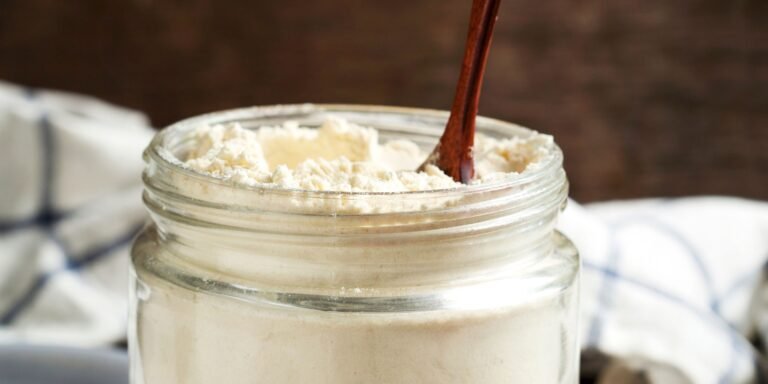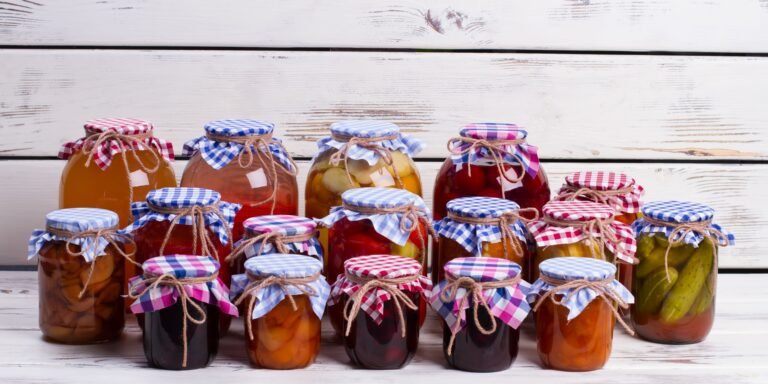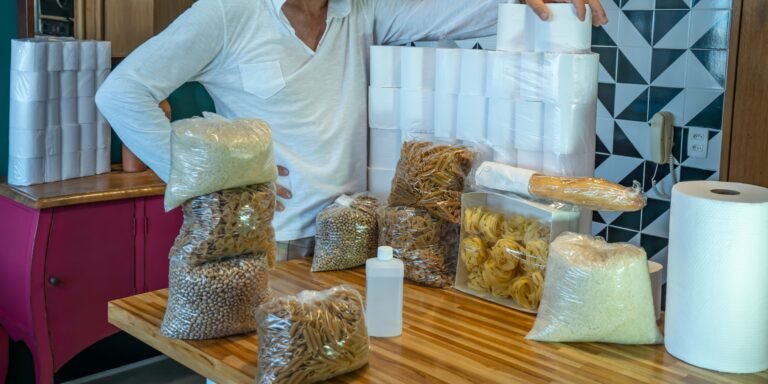How To Easily Make And Eat Hardtack In An Emergency
This post may contain affiliate links, full disclosure here.
Imagine yourself on a long, arduous journey across the vast ocean. Put yourself in the shoes of Ferdinand Magellan or Christopher Columbus.
What is the one food item you would like to bring with you on your journey across the huge oceans?
Hardtack is the answer. Every time you read its name, you can nearly taste its flaky texture. Hartack has become an absolute requirement for everyone looking for non-perishable, nutritious food to stock their kitchen shelves. But forget about kitchen equipment; even long military expeditions require one thing: Hardtack biscuits.
Hardtack is on the verge of becoming a lifestyle choice in many parts of the world, owing to massive sales in those areas. Finding Hartack in people’s kitchens is such a typical occurrence that it often goes unnoticed; it’s almost a mundane characteristic today.
It’s utilized as a pastry component in a variety of quick-fix recipes as well as eaten on its own. Let’s look at the table’s banality and see what makes Hartack tick.
See also: How To Store Quinoa Long-Term
What Is Hardtack?
Hartack is a straightforward biscuit. It’s also known as a cracker. It’s essentially made of flour, water, and seasoning, which are all common household items.
It has been around for a long time since it is possibly the easiest cuisine to prepare. Hardtack has been noticed since the 16th century and has long been a staple of military rations.
The word ‘Hardtack’ is thought to have come from the British slang term ‘tack,’ which means ration or food. Because the ‘tack’ was difficult, they added the adjective.
You could speculate that some chefs refused to let the bread rise, preferring to make it crispy instead, and thus the Hardtack was born. Crushed or powdered Hardtack was employed as a thickening in medieval British chowders since it was made of flour.
Hardtack is known by numerous names in different parts of the world: Anzac wafers, Brewis, cabin bread, sea bread, and molar breakers, to name a few.
See also: Shelf Life Of Wheat Berries
How Nutritious is Hardtack
Is there any nutritional benefit in Hardtack? Yes. As a result, sailors at sea and troops in the army have been known to ingest Hardtack for a rapid calorie fix.
Hardtack, which is sold in stores, is a long-lasting packet. A 24-gram cracker has approximately 100 calories, 2 grammes of protein, and no fibre.
Hardtack contains no complex ingredients, and the cooking process is so time-consuming that the biscuit is practically devoid of moisture. Hardtack is impervious in time due to the lack of any wet content; it has an unlimited shelf life.
While Hardtack contains enough nutritional components to keep you from going hungry during a strenuous section of a walk, it is not sufficient to support life.
Hardtack alone will not keep you alive in the event of a nuclear disaster.
Soldiers ate Hardtack as a cheap substitute for bread in the past, and they frequently ate it with seasoned meat. Hardtack can keep you from passing out, but it’s deficient in the proteins, vitamins, minerals, and fibre you need to stay alive.
Can You Prepare Hardtack At Home?
Yes! It’s one of the simplest kitchen repairs you’ll ever come across. The components are simple to come by and can be found in almost any kitchen on the planet — flour and water. You can also add some salt to the cracker to give some delicacy to your bread.
Let’s get started. Begin by sifting three cups of flour into a mixing bowl. Salt it to taste; a couple of tablespoons should suffice. Pour a cup of water into the mix after properly mixing the salt. Knead the contents into a dough that is neither sticky nor too stiff. To achieve the desired consistency, keep adding little amounts of flour or water.
The tough phase is about to begin. Roll the dough into a flat layer about half an inch thick with a rolling pin. Then, using a fork, poke a few holes in each of the 3′′ × 3′′ squares of dough.
To be honest, you can cut the dough into any shape or size you like. All you have to do is make sure it isn’t too little to risk overcooking or too large to risk undercooking.
Place all of the biscuit pieces on an ungreased baking sheet and bake for 30 minutes at 375 degrees F (190 degrees C). The portions should then be turned over and baked for another 30 minutes.
Allow the cookies to dry completely after cooking by placing them in the sun for a few days. Voila! Take pleasure with your DIY Hardtacks!
How Long Can You Store A Hardtack?
Hardtack excels in the areas of storage and lifespan. However, as previously stated, Hardtack contains no moisture.
The lack of water prevents it from becoming a germ sanctuary; it just does not spoil. Hand to God, you wouldn’t get an upset stomach if you ate a Hardtack from the American Civil War era.
Hardtack lasts for years, if not decades, if not centuries! All of the reasons that made Hardtack famous during wartime and on sailing expeditions are still valid now. It’s almost as if it’s a type of bread that never goes stale.
Soldiers stationed in conflict zones can readily eat it because it is sturdy, long-lasting, and easy to transport. Pick out metaphors for gruesome conflicts and endless journeys in today’s world, and you’ll see that Hardtack is your best choice in any situation.
It is one of the most precious foods on the earth right now, and if you don’t consume it, it will most likely outlive you.
What Can You Use Hardtack In?
Hardtack can be preserved indefinitely. Similarly, it provides a limitless amount of options for you to experiment with using your culinary abilities.
While ingesting Hardtack in its entirety is a viable option for emergency nourishment, using it as bread would be beneficial.
A word of advice to anyone trying to consume solitary Hardtack: eat it in small bites, as a large bite can take up to 15 minutes to chew.
Hardtack goes well with any sauce or soup. In soup, hardtack works well as a substitute for bread croutons. You can season the Hardtack with a variety of spices, perhaps a pinch of oregano, and you’ll have your distinctive savoury biscuit. It will magically break into delightful parts in your mouth after being dipped in aioli, chilli sauce, salsa, or soup.
Look no further for a bread component to add to your protein-rich gravies. Hardtack is a fantastic base for any gravy. You can alternatively crumble the biscuit and add it to the gravy as a thickening.
Hardtack can also be used as the bread base for an open sandwich due to its crisp and hard character. So gather your vegetables, meat parts, and sauces, and top your crisp Hardtacks with a tasty salad or filling.
You can even use Hardtack to replace your regular pancake breakfast every now and again. It’s filling and healthful enough to have for breakfast. Honey or maple syrup on top of your Hardtacks will make them taste great.
Because of Hardtacks’ versatility, the options are unlimited. Hardtacks, for example, can be used to replace any type of bread in any meal. So, use Hardtack to make something wonderful!
Bottom Line Learn How To Eat Hardtack In An Emergency
Hardtack has been discussed as the most ubiquitous food on the earth. What began with Egypt’s Pharaohs (no, we’re not kidding) has progressed through time and managed to remain the same.
It is the most basic type of food ever consumed by humans. We wouldn’t be surprised if anthropological studies revealed that Hardtack was the earliest humans diet.
It’s not frequently that goods survive for such a lengthy period of time and space. Only commodities that have never lost their value make it past all of the obstacles.
Hardtack is essentially endless food. It never spoils. It’s simple to prepare and may be used in any type of dish, anywhere on the planet. It has brought life to individuals who were dying, whether they were soldiers fighting in horrific conflicts or explorers on the brink of discovery at sea.
Hardtack has survived to this day thanks to its simple and unyielding nature. It is currently sold in stores all across the world, where it has continued to feed those in need.
It goes by a variety of names around the world, almost all of which describe its abrasive quality. It’s known as “Panzerplatten” in German. You might recall the word “Panzer” from the second world war; it was a German tank that was purportedly invincible.


